SUBSCRIBE TO OUR NEWSLETTER!
We write a new blog article every two weeks! Stay on top of foodies news in Colorado Springs, plus be the first to hear about new food tours and receive exclusive discounts.
Food tours now available through August 2025 with more availability coming soon!
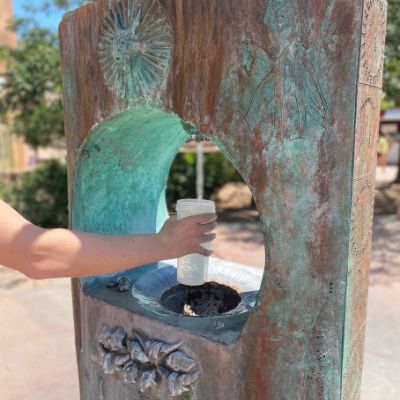
Looking for fun facts about Manitou Springs? Though a small town at the base of Pikes Peak, Manitou is brimming with charming tidbits and fun facts just waiting to be discovered. We’ve compiled a list of just eight…but there are a lot more!
If you’re looking for something fun to do in Manitou Springs, contact us to set up a private walking tour and mineral springs tasting! We are experts in the local history, plus we can also show you were the good restaurants and shopping are as well!
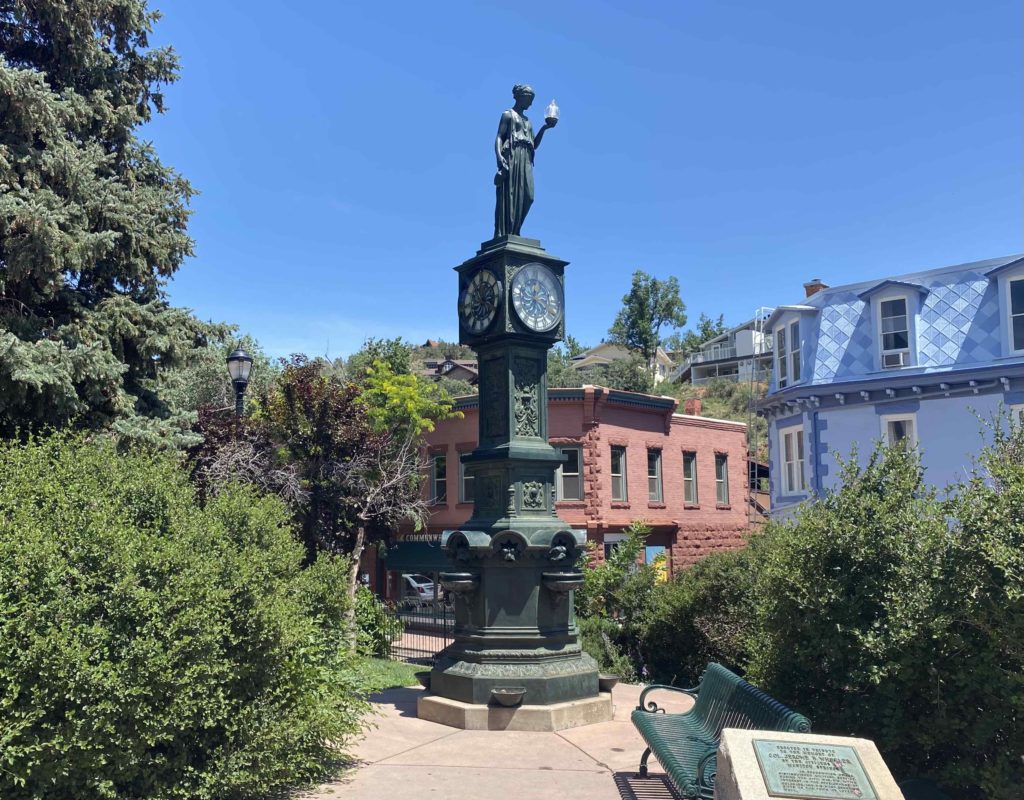
There’s a Grecian Goddess, daughter of Zeus and Hera, towering high above Manitou Avenue. Her name is Hebe (pronounced HEEBee), and she is the keeper of youth. In her left hand she holds a vessel from which she served the ‘elixir of life” to the Gods on Olympus. Her statue adorns a prominent clock tower, called the Wheeler Clock, in the middle of town. The clock was commissioned by Jerome B. Wheeler, the town’s first banker, to commemorate the Manitou Mineral Water Bottling Company in 1889. It is said that this statue is modeled after one Mrs. Wheeler became fond of during a trip to Europe. And those bowls at the bottom? Those were for pioneering pups!
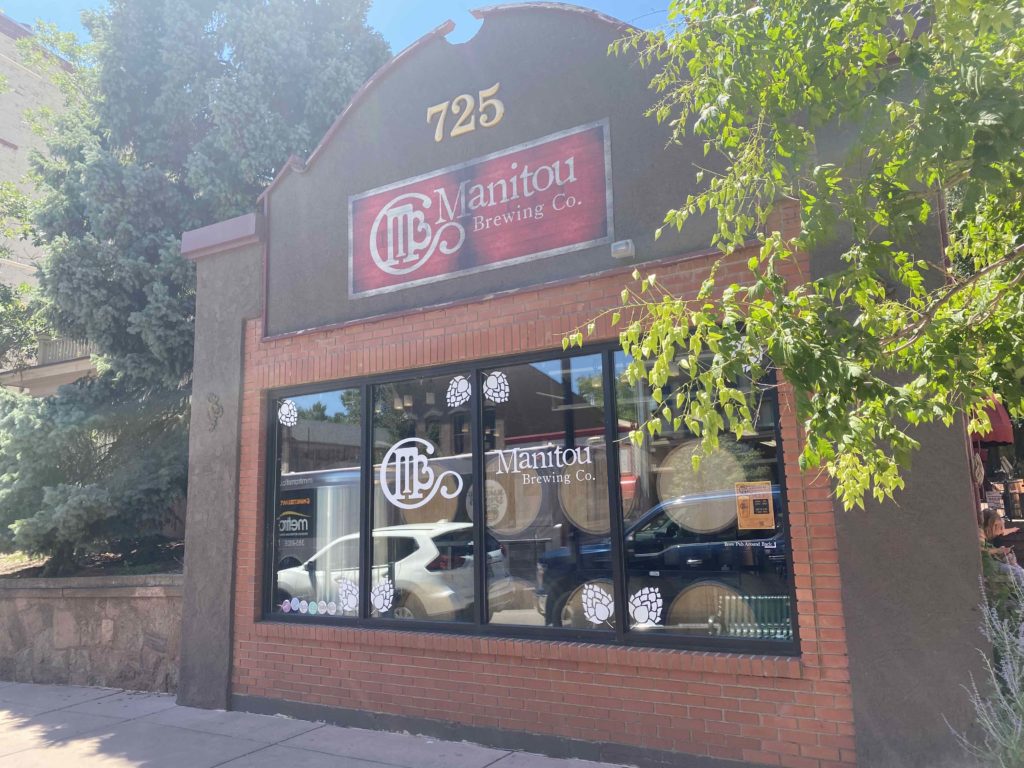
Before you could grab a pint of beer at 725 Manitou Avenue (thanks to Manitou Brewing Company), you could saddle up on a burro that would take you to the top of Pikes Peak, if you dared. Believe it or not, this was the preferred method of transportation when trying to reach the summit until WWII. Many decided to turn around mid-way because of the change in climate due to elevation and the discomfort of riding up a steep terrain on a burro…and who could blame them! Maybe if they had a beer waiting for them at the end they would have carried on!
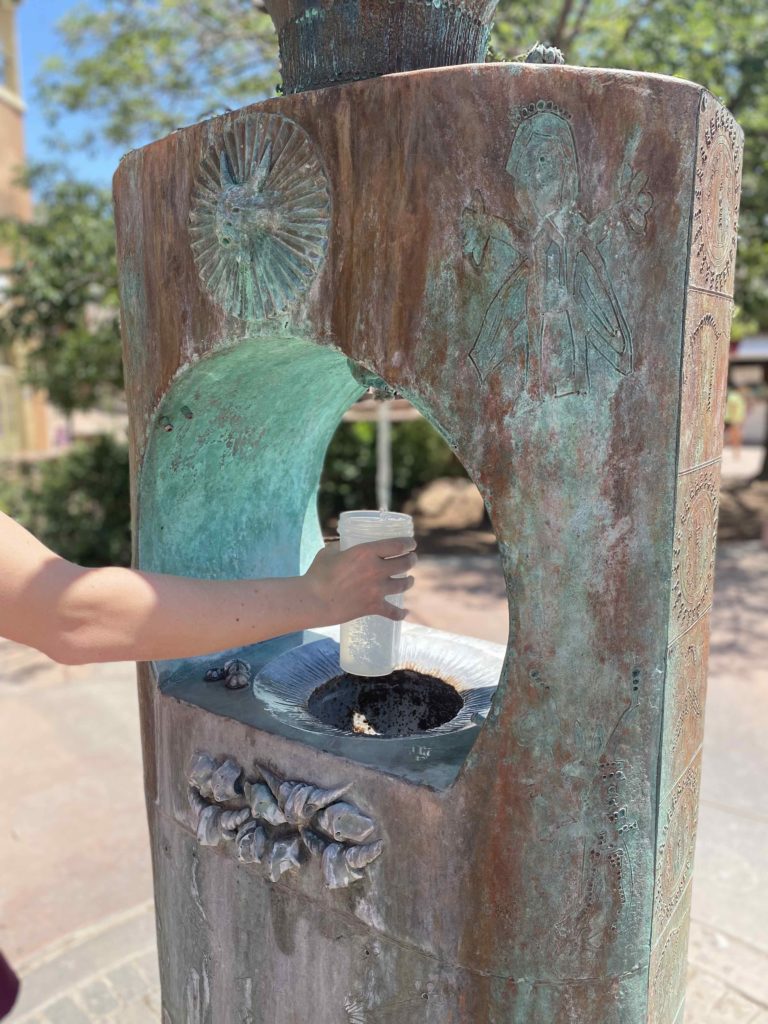
If it tastes bad, it must be good for you…right? According to the Mineral Springs Foundation, there are 14 prominent minerals found in the naturally occurring springs including calcium, iron, magnesium, potassium, and fluoride, which aid the body in various ways from bone strength to digestion to blood pressure regulation. Each of the nine mineral springs in Manitou also have traces of lithium, which is used to treat mental illness.
And if you’re looking for a spring with the highest concentration of these minerals, look no further than The Shoshone, which is located in the little sunken mini park just west of Manitou Jack’s.
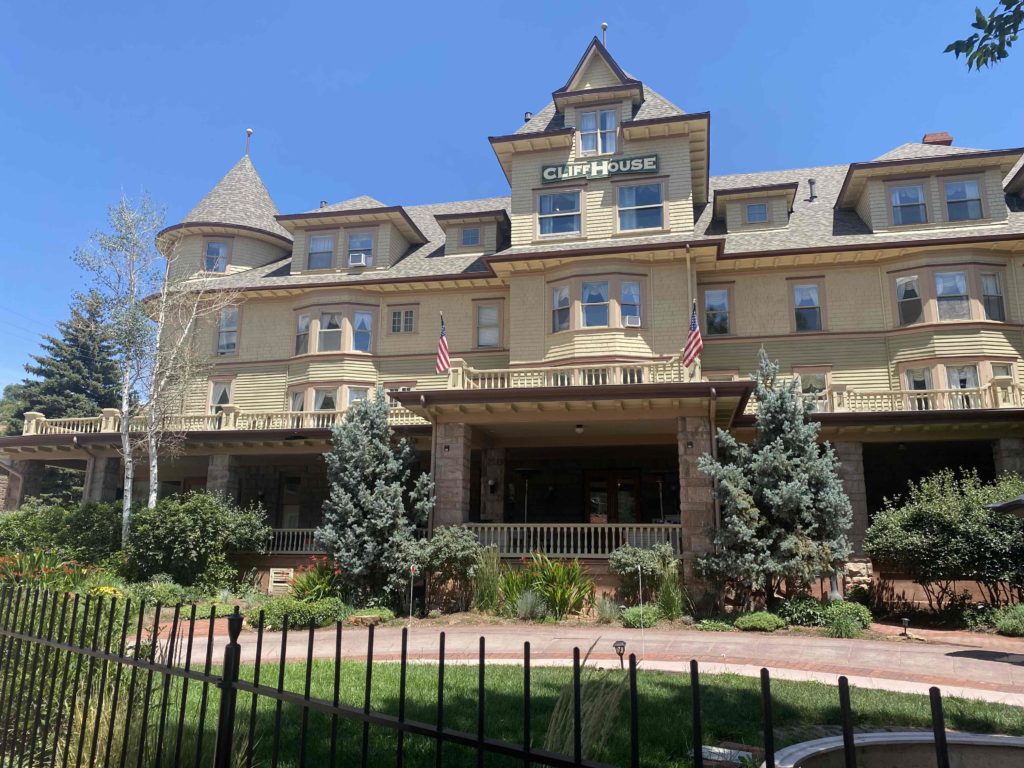
You’ll be shocked to know all of the famous people who have stayed at The Cliff House over the years! Perhaps you’ll recognize these names: Henry Ford, Crowned Price Ferdinand of Austria, F.W. Woolworth, Theodore Roosevelt, Thomas Edison, Clark Gable, Zalmon Simmons (of the mattress fame), and Buffalo Bill Cody.
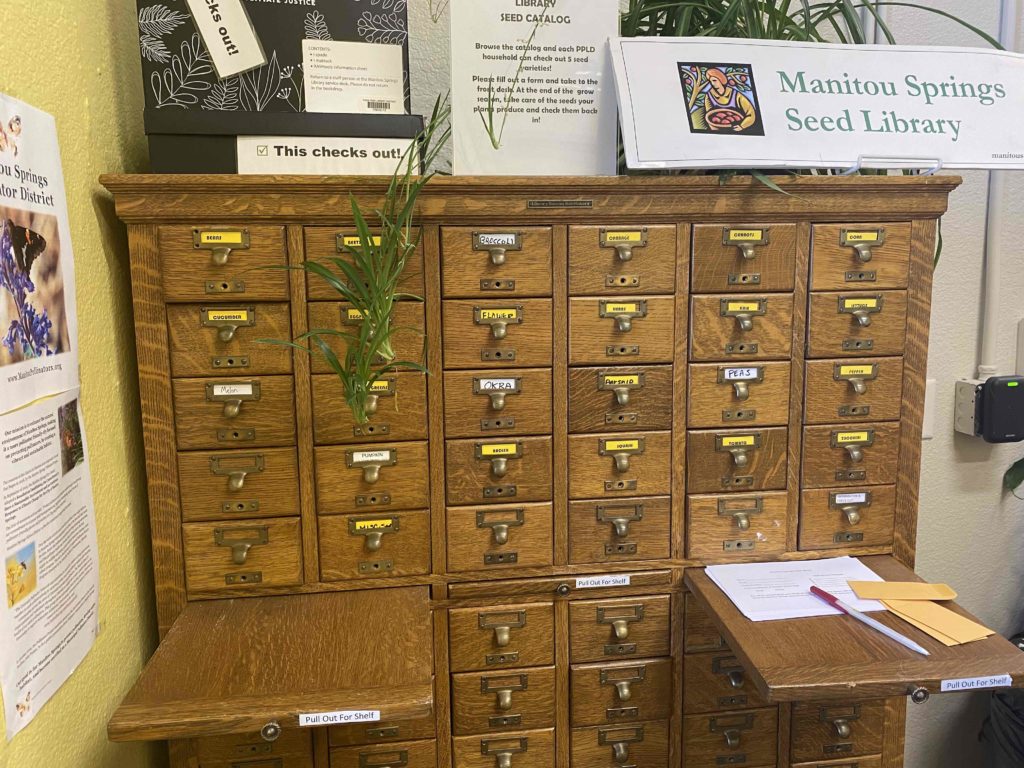
For those who love gardening, take note! Inside the Manitou Springs Library is a vegetable seed library inside the small drawers of a vintage card catalog cabinet. Free for the taking, you can fill your garden with lettuce, beets, beans, pumpkins, squash, and more. The library does ask for something in return, however…seeds from your harvest to help replenish the cabinet for future gardeners.
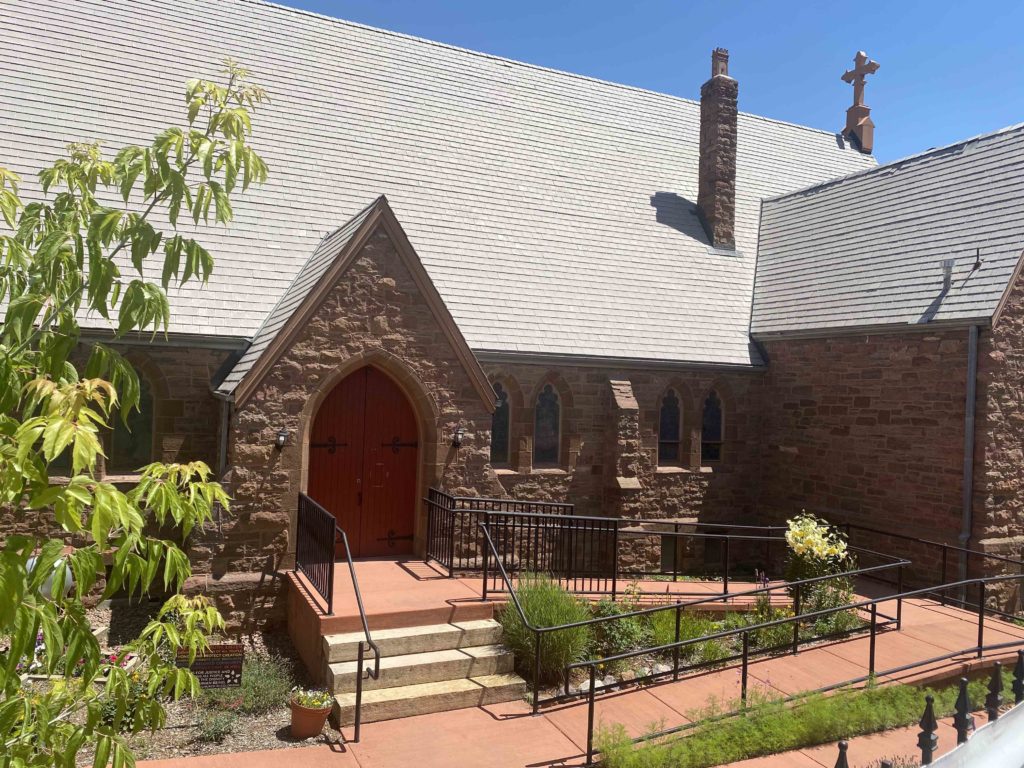
Look around Manitou Avenue and you’ll quickly discover that the majority of the buildings constructed between 1890 and 1940 were built with “greenstone.” Indigenous to Ute Pass just west of Manitou Springs, greenstone has properties similar to red sandstone but contains iron, making it stronger. Fountain Creek Bridge, St. Andrew’s Episcopal Church, the Post Office, the posts supporting the timber gables above the famous Penny Arcade and much more are all made with this unique rock. Attempting to carry on the tradition, some of the flowerbeds and storefronts along Manitou Avenue were designed with manufactured greenstone. Look around…it’s everywhere!
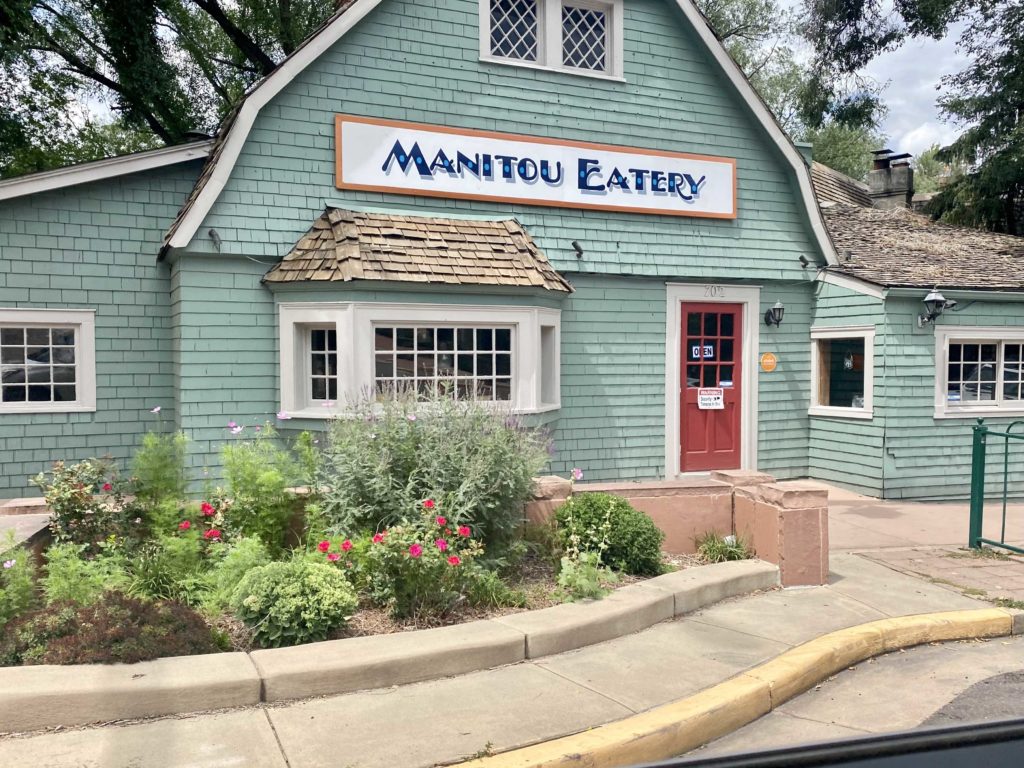
The barn-like structure connected to The Manitou Eatery seems a bit out-of-place, and even more so when you learn that it was never an actual barn! In 1895, Dr. William Bell, one of the founding members of Manitou Springs, constructed a giant wheel in Fountain Creek with the intention of producing electricity. It didn’t work, so he later installed a coal plant to produce steam, but it was only enough to light the town’s street lamps at night. After that, it became home to the Manitou Journal before being sold in 1941 to a paperboy, A.B. Armstrong, who turned it into a restaurant, which it remains to this day.
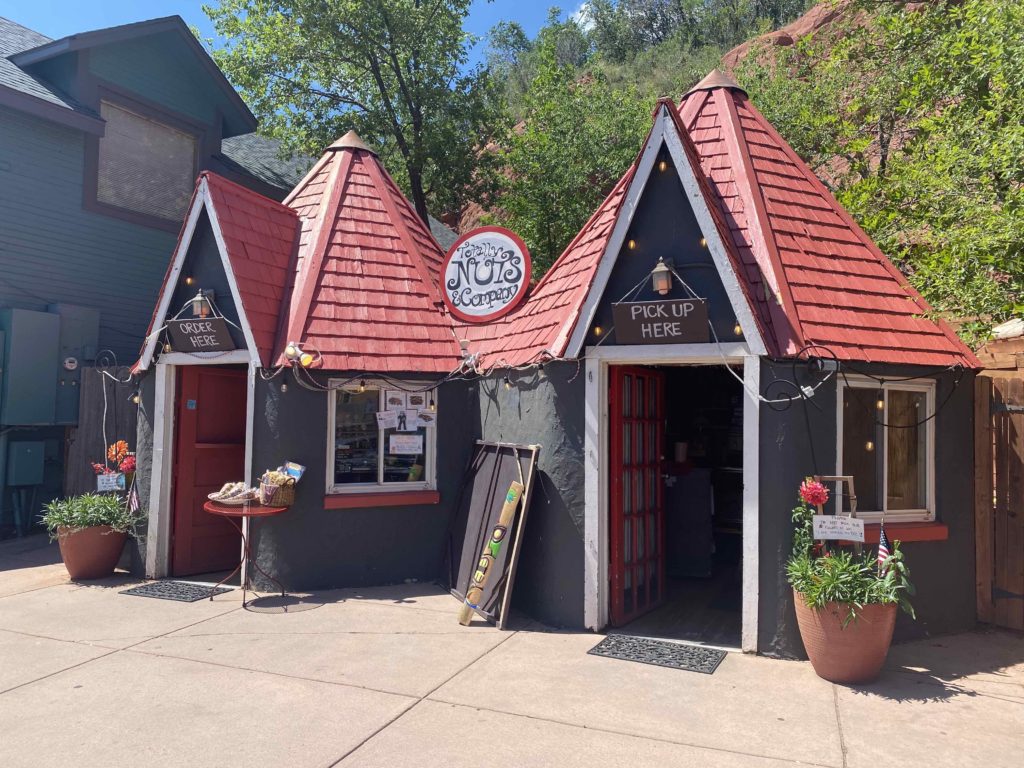
By 1900, it was estimated that one third of Colorado Springs’ population was suffering from tuberculosis. Doctors had been sending people to Colorado for several decades in order that they might be healed by the high altitude, dry climate, mineral water, sunshine, and fresh air. These red conjoined “teepees” are actually two of about a dozen remaining tuberculosis huts still in existence, and they are right in the heart of Manitou Springs. They were meant for individual use and designed in a way that maximized airflow.
Hopefully we’ve piqued your interest in what this little town has to offer! We are taking private tour reservations if you have a group of eight or more. We would love to share more about Manitou Springs with your group and also lead you though a tasting of the mineral springs! Contact us to inquire!
Cheers,
Your Rocky Mountain Food Tours Team
attractionseditor's pickevents & holidaysgift ideashistorylocal diningtours we've takentravel
We write a new blog article every two weeks! Stay on top of foodies news in Colorado Springs, plus be the first to hear about new food tours and receive exclusive discounts.
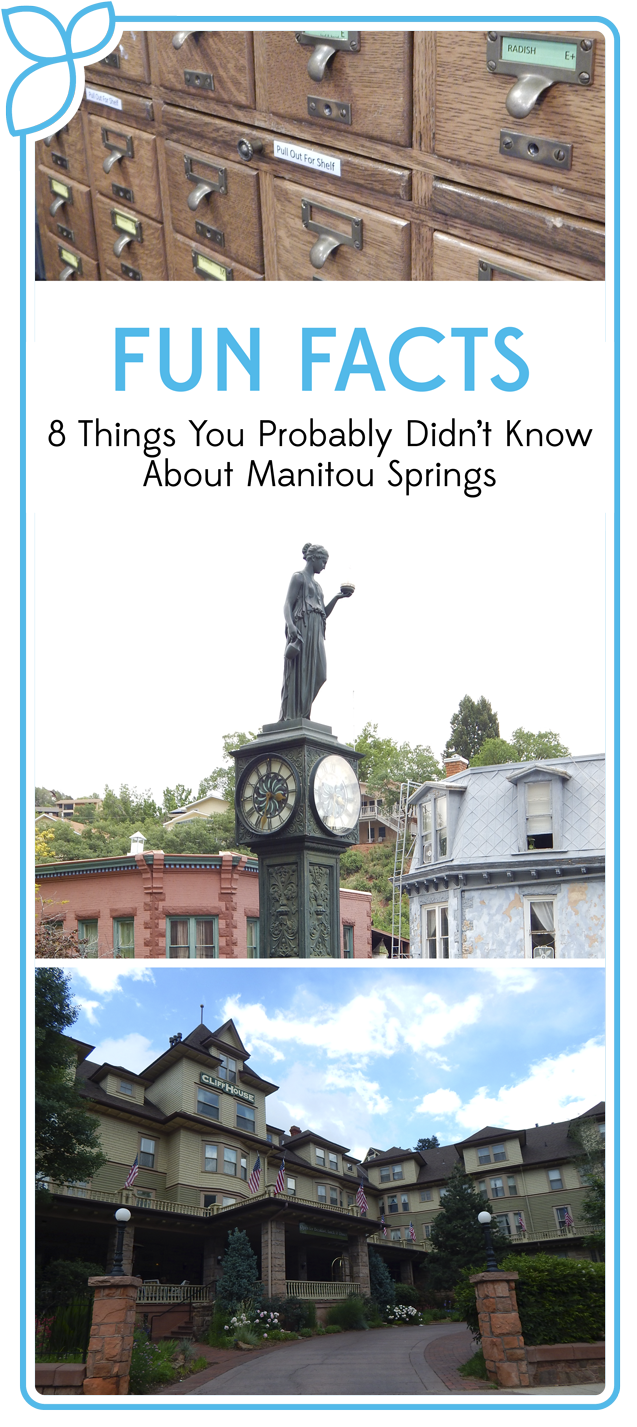
Notifications